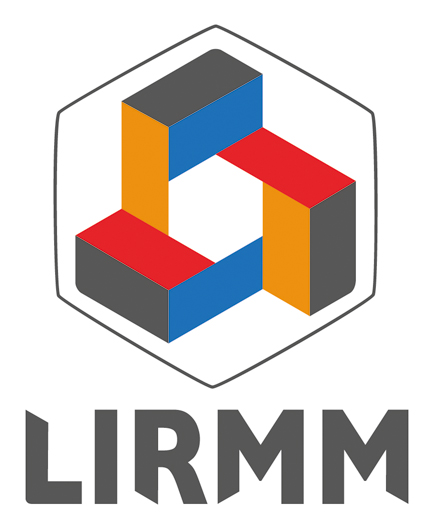Improvement of Distance-Based Phylogenetic Methods by a Local Maximul Likelihood Approach Using Triplets
Résumé
We introduce a new approach to estimate the evolutionary distance between two sequences. This approach uses a tree with three leaves: two of them correspond to the studied sequences, whereas the third is chosen to handle long-distance estimation. The branch lengths of this tree are obtained by likelihood maximization and are then used to deduce the desired distance. This approach, called TripleML, improves the precision of evolutionary distance estimates , and thus the topological accuracy of distance-based methods. TripleML can be used with neighbor-joining-like (NJ-like) methods not only to compute the initial distance matrix but also to estimate new distances encountered during the agglomeration process. Computer simulations indicate that using TripleML significantly improves the topological accuracy of NJ, BioNJ, and Weighbor, while conserving a reasonable computation time. With randomly generated 24-taxon trees and realistic parameter values, combining NJ with TripleML reduces the number of wrongly inferred branches by about 11% (against 2.6% and 5.5% for BioNJ and Weighbor, respectively). Moreover, this combination requires only about 1.5 min to infer a phylogeny of 96 sequences composed of 1,200 nucleotides, as compared with 6.5 h for FastDNAml on the same machine (PC 466 MHz).
Domaines
Bio-informatique [q-bio.QM]| Origine | Fichiers éditeurs autorisés sur une archive ouverte |
|---|
Loading...
